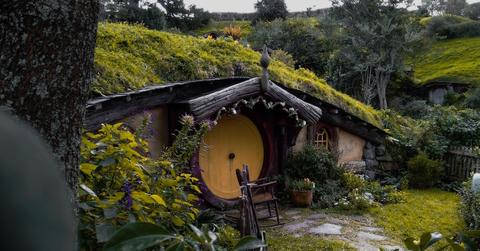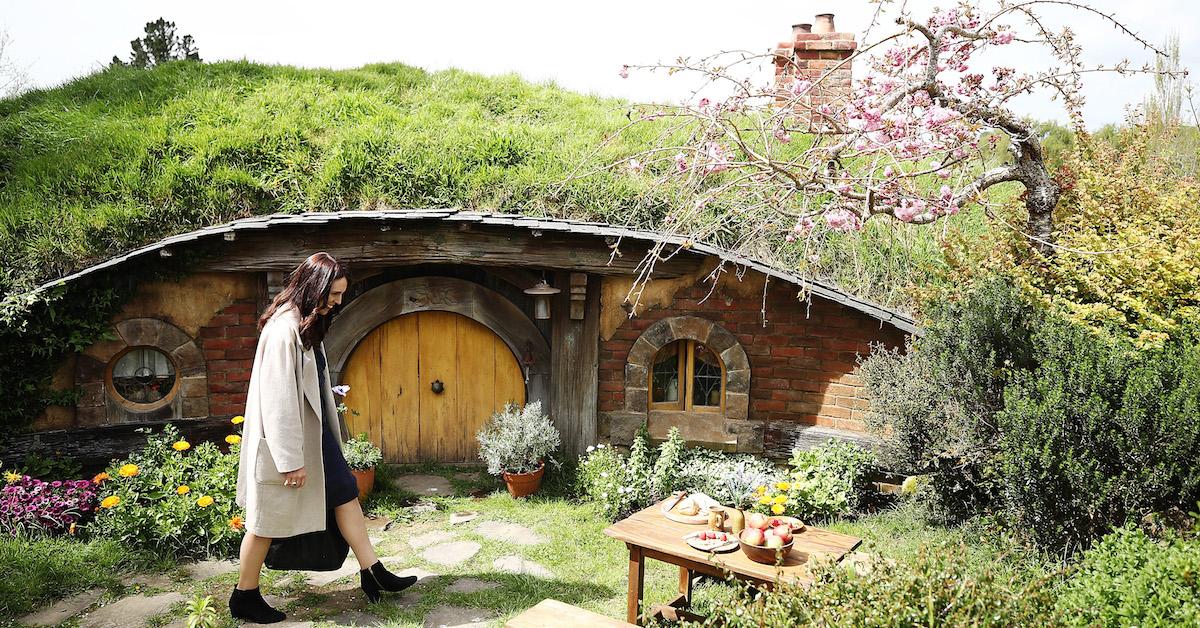These Eco-Friendly Hobbit Homes Are a Whimsical Way to Live Low-Impact
Published Sept. 1 2021, 1:51 p.m. ET

J.R.R. Tolkien once described Bilbo Baggins’ hobbit home in Bag End as a verdant one, meant for comfort and good living. He said, that it was “Not a nasty, dirty, wet hole, filled with the ends of worms and an oozy smell, nor yet a dry, bare, sandy hole with nothing in it to sit down on or to eat: it was a hobbit-hole, and that means comfort." Today, several companies are taking that fantastical image of comfort to heart and are building real, prefabricated, and eco-friendly hobbit homes.
What is an eco-friendly hobbit home?
If you take the image of a hobbit hole and zhuzh it up a bit with a few modern comforts, you might come close to creating what a company called Green Magic Homes has been working on for the past few years. According to My Modern Met, these prefabricated hobbit holes represent the future of eco-friendly housing.

What are hobbit homes made out of?
Each Green Magic Home is composed of prefabricated, vaulted panels constructed of recycled, laminate materials that anchor into the foundation and each other. Those walls are then reinforced by soil, which buries the plastic walls partially underground, thereby protecting the house from inclement weather and UV radiation. This process also insulates the hobbit home and allows for the natural world to grow atop it.
The homes are highly customizable, so they can be built to fit just about any specification. Ducts can be added, as can water lines, septic plumbing, electrical wiring, and heating or cooling systems. According to the Green Magic Homes website, the shape and construction of these hobbit homes ensure that they require between 50 and 70 percent less energy than a conventional home.
They can be large enough to furnish as spectacularly as Bilbo’s house on the top of the hill, or small enough to be considered an underground tiny home. On top of all that, hobbit houses can apparently be built in a number of days, rather than the weeks and months it takes to build a full-size house. According to My Modern Met, three people can build a fully formed house in just three days.
How much would it cost to build a hobbit house?
So how much does all this energy efficiency and eco-friendliness cost? According to BuzzFeed, a Green Magic Home will run you about $41,000 for a house of about 1,000 square feet. Of course, some people have built their own hobbit homes for less. For instance, New Atlas recently spoke to a man named Simon Dale, who single-handedly built his hobbit home in West Wales.
Dale’s version was not made of plastic, however. His hobbit hole was more traditional and was constructed of oak wood, stone, and mud for the retaining walls. He even cleverly employed the use of straw for insulation. And while Dale’s home is admittedly less “comfortable” than a Baggins might like, it was about $30,000 cheaper. Heck, Dale will even gave out his version of the plans for free. He’s more than willing to help people live that same low-impact lifestyle.
Do hobbit homes present any problems?
As it turns out, there are a few environmental downsides to living in your own version of Hobbiton. According to The Spruce, the lack of proper insulation means that the vast majority of these structures are only really suitable for those in warm climates — though, if global temperatures continue to rise, that will be most of the world before long.
Apparently, the thickness of the walls only provides as much protection from the elements as a single-pane storm window. The cost is also significant, as stated earlier. In fact, according to Green Magic Homes, the cost of building is more like $125 or $200 a square foot, and that doesn’t even count preparing the foundation. This is for a turnkey solution built from the ground up, however, so the cost may just vary from case to case.